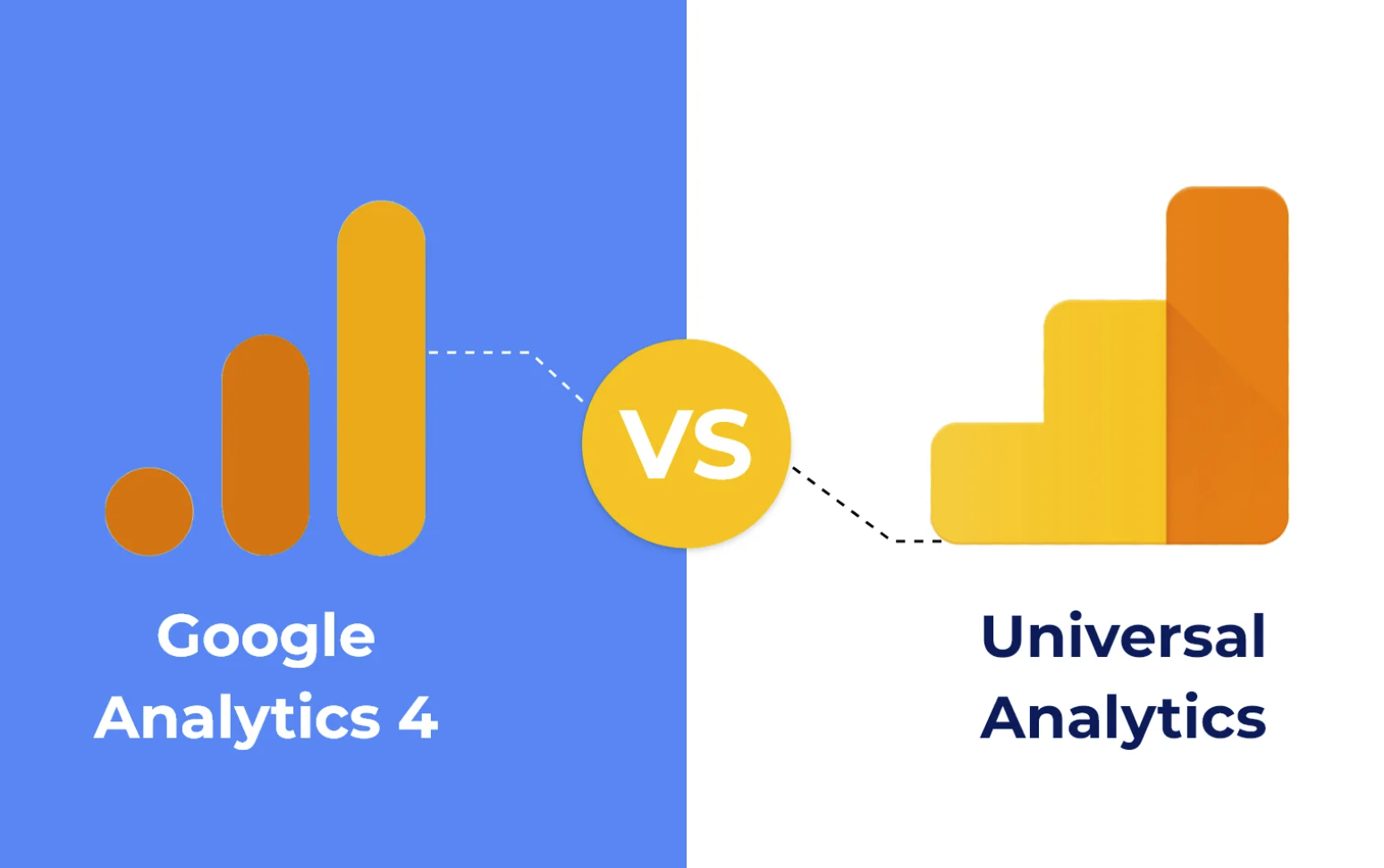Introduction
In the realm of digital analytics, data plays a pivotal role in guiding decision-making and propelling business growth. The introduction of Google Analytics 4 (GA4), an avant-garde analytics platform, brings noticeable changes in how data is collected, organised, and reported compared to the traditional Universal Analytics (UA). These disparities may cause differences in the figures reported by both platforms. This article delves into the reasons behind these discrepancies and outlines the contrasts between UA and GA4.
1. Tracking Model
The tracking models of UA and GA4 show fundamental differences. UA relies on cookies to track user interactions, whereas GA4 adopts an event-based model centred on user engagement with specific events. This change in tracking methodology can lead to inconsistencies when comparing data between the two platforms.
2. Data Collection and Reporting
UA primarily collects data through pageviews, events, and custom dimensions. GA4, conversely, presents a more adaptable and customisable approach to data collection using events, parameters, and user properties. This shift in data collection methodology can result in differences in the figures reported between the two platforms.
3. User Engagement Measurement
UA and GA4 diverge significantly in their approach to measuring user engagement. UA concentrates on metrics such as sessions, session duration, and bounce rate, whereas GA4 places emphasis on user engagement through events and user properties. This variance in measuring user engagement can cause differences in metrics and interpretations of user behaviour.
4. Cross-Device Tracking
Tracking users across different devices is a crucial capability for modern analytics platforms. UA achieves cross-device tracking by utilising persistent cookies, allowing it to connect user interactions across a range of devices. In contrast, GA4 utilises a privacy-centric approach relying on probabilistic and deterministic methods to associate user interactions across devices. These contrasting approaches can result in differences in the figures reported, particularly when analysing user behaviour across multiple devices.
5. Data Sampling
Data sampling is the process of using a subset of data to estimate and extrapolate insights about a larger dataset. In UA, sampling is more prevalent, particularly for high-traffic websites, leading to discrepancies in the reported figures. GA4, on the other hand, aims to mitigate data sampling by leveraging the BigQuery integration for more accurate and precise reporting.
Conclusion
The transition from Universal Analytics to Google Analytics 4 introduces substantial changes in the way data is collected, organised, and reported. The shift from cookies to an event-based tracking model, coupled with differences in data collection methodologies, user engagement measurement, cross-device tracking, and data sampling, contribute to discrepancies in the figures reported between the two platforms. It is essential for businesses and analysts to understand these disparities and adapt their analytics strategies accordingly, to derive meaningful insights and make informed decisions.
By embracing the new capabilities offered by GA4 and leveraging its event-based tracking model, businesses can gain a deeper understanding of user behaviour, comprehend cross-device interactions better, and make data-informed decisions in the ever-evolving digital landscape.
Note: While the article provides a comprehensive overview of the differences between UA and GA4, it’s important to consult the official Google Analytics documentation and stay updated with the latest developments to ensure an accurate understanding and implementation of the platforms.

